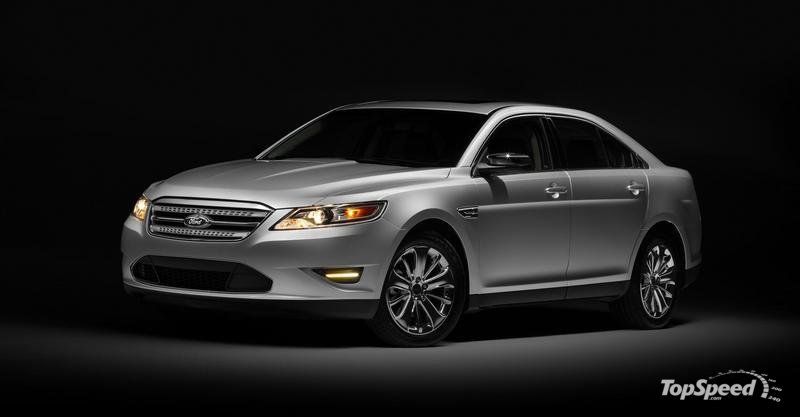In years past, GM->ke199 and Ford->ke31 were not the best cars in terms of residual value. Now, according to Automotive News, that might be changing. The automakers are only building cars that the market needs and the projected residual value, of all automobiles, has risen dramatically.
General Motors Co. and Ford Motor Co. are leading the way in the residual value rise. This will help both companies offer more competitive leases.
Honda->ke34 and Toyota->ke88, who are usually a buy word for residual value, remain strong. Lower incentives and shortage of used vehicles are lifting the value of the Japanese cars, as well as those from the Detroit automakers.
Automotive Lease Guide projects that 2010 vehicles from GM and Ford will retain more than 40 percent of their sticker price. Five years ago, the same vehicles were under 40 percent.
The other fast rises are Mazda->ke53, Hyundai->ke201, Suzuki, Kia->ke41, Mitsubishi->ke58, and Subaru->ke86.
Full story after the jump.
Residual value for Honda vehicles has risen 2.3 percent over last year to 53.7 percent, while Toyota stayed flat at 51.0 percent.
It’s not only market demand that is spurring higher resale prices; it’s the fact that both GM->ke199 and Ford are making cars that people want. Chrysler on the other hand, isn’t so lucky. The automaker has lacked any great products and because of this, residual values are staying the same.
Matt Traylen, Automotive Lease Guide's chief economist, says a fresh product lineup is a key to strong residuals. "All new models always have a price bump," he says. "The average is a 7 or 8 percentage-point bump for an all-new model compared with the old one."
Chrysler->ke21 vehicles have the lowest residual value among all car companies, at 39.4 percent after 36 months. That is 2.1 percent lower than what you would have gotten in 2005. Dodge->ke28, on the other hand, is up 8.2 percent. This could be due to the new muscle cars the company has produced.
Residual value for all vehicles is measured after 36 months with the car's average condition. The value is expressed as a percentage of the car's sticker price.

